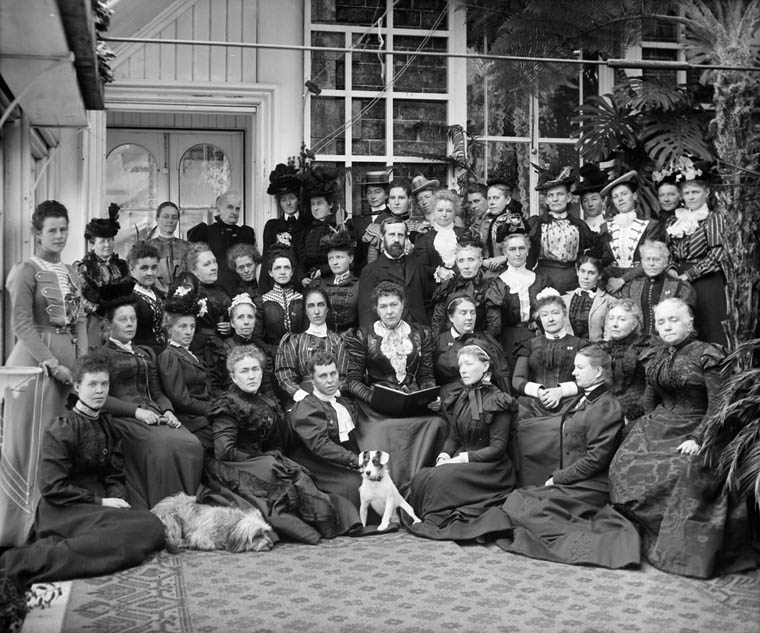Article
ACTRA
The Alliance of Canadian Cinema, Television and Radio Artists, better known as ACTRA, is the union that represents performers in Canada’s English-language radio, television and film industries. Through its Performers’ Rights Society, it secures and disburses use fees, royalties, residuals and all other forms of performers’ compensation. Some of ACTRA's other activities include administering health insurance and retirement plans for its 22,000 members, negotiating and administering collective agreements, minimum rates and working conditions, lobbying for Canadian content and a strong Canadian production industry, and promoting and celebrating Canadian talent.








